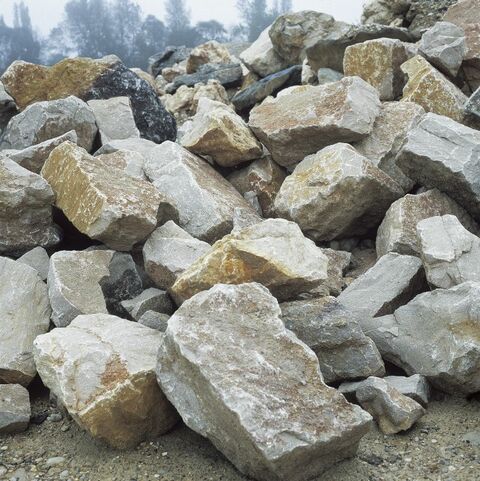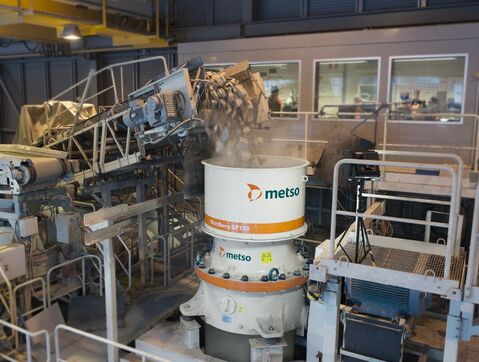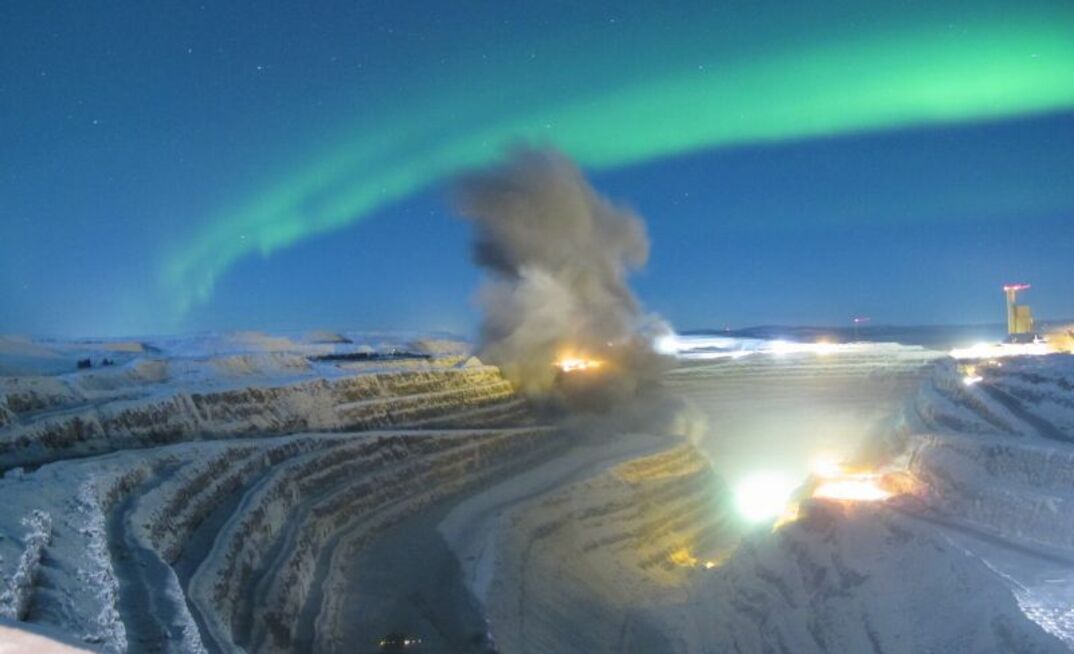
The primary crusher is an important part of the mining process, taking the run of mine (ROM) ore and reducing it to a size which can be processed by the downstream operations. However, mining operations frequently have issues related to the primary crusher: low throughput, low utilization and high wear rate of liners. Changes in fragmentation and breakage characteristics of the feed are sometimes difficult to observe and consequently, difficult to control. The presence of oversized ore boulders in the feed is readily apparent since the throughput immediately decreases and typically causes blockages in the crusher cavity. These blockages can damage the crusher and take time to clear, resulting in a serious bottleneck for the entire process.
In order to prevent this type of bottleneck, one key element that needs to be analysed is the mine's existing drill and blast program. There are three critical things that need to be looked at to ensure that your feed does not contain oversized rocks which can cause unplanned downtime.
1.Difficulty detecting changes in ore type and ore mass characteristics
Problem: The mass of material that you are blasting (blasting polygon), appears to be the typical ore type, therefore the blast design was unchanged. After blasting, an unusual quantity of oversized ore is found in the muckpile.
Solution: Even though ore types can appear to be similar, only the details from a true drill and blast program can eliminate guess work. A trained geologist with local experience is a necessity and can predict the correct joint system parameters needed to optimize the program. In the design phase, input from the site geologist is a valuable resource to achieve good fragmentation results as only an experienced geologist can distinguish ore types and alterations with the naked eye. For the same ore type, changes in ore mass structure will induce changes in fragmentation of the blasted material. An area with big preformed blocks in the ore mass sometimes cannot be detected during drilling. Information related to ore mass structure can be used to adapt the drill and blast design to local conditions. Maintaining a drill and blast database to record conditions for each blast, design and results will contribute to continuous improvement in blast outcomes when blasting in adjacent or similar areas. The best way to deal with variation in rock mass structure is to define ore domains based on blastability and have an adequate drill and blast design for each area.

2.Blasting beyond the limits of the blasting polygon
Problem: The blast design is well adapted to current ore conditions; all rules of thumb were respected and the blasting pattern generates good fragmentation results in a mine with similar ore characteristics. Despite this, the number of oversized boulders remains high, contributing to an increase in costs due to secondary blasting and low loading productivity.
Solution: A well designed blast can still produce oversized blocks, generally at the limits of the blasting polygon such as the back row against the final pit wall. In a typical production blast with no method of wall protection, damage caused by back break is produced beyond the polygon limits. In general, the rule of thumb is that with the same conditions and blast design, the quantity of oversized boulders produced is proportional to the blasting polygon perimeter. Minimizing the perimeter of the blasting polygon for the same quantity of mined ore can be a very effective way of reducing the number and size of the oversized blocks generated by blasting. The solution is to increase the size of the blasting polygon as much as possible and to design polygons with regular (as close as possible to rectangular) shapes. For a given ore reserve in one bench of the pit, increasing the blast size reduces the number of blasts, therefore decreasing the proportion of large rocks generated around the perimeter and improving overall fragmentation. It also saves resources such as time and preparation, making operations more efficient.

3.Lacking experienced excavator/shovel operators
Problem: The occasional oversized block in the feed may not be an issue for the primary crusher nor cause interruption or affect normal activity for a long period of time. However, over days/shifts, the number of boulders arriving to the crusher can dramatically increase without any notable operational changes in the mine. This has the potential to lead to power spikes in the crusher, increase the wear and maintenance requirements, and coarsen the feed to downstream operations which could affect circuit throughput.
Solution: In mining operations, employee turnover is an important factor as training quality for novice employees has a very high impact on day-to-day activities. The shovel/excavator operators are trained to operate the equipment in safe conditions and with high productivity. Many inexperienced operators may think that since the equipment has a large bucket and is able to manage big ore boulders, then it is okay to load the large boulders into haul trucks. This is a poor strategy, with high potential to produce adverse effects downstream, including damage to trucks or the primary crusher and reduction in hauling and crushing productivity. The operators must be clear from the initial stage of their training that the use of larger equipment is for higher productivity, not to manage the massive muckpile blocks. The best strategy to manage large boulders when they are detected in the pit is secondary blasting. Secondary blasting is the most efficient and affordable way to resize the boulders.
There are multiple ways that you can reduce the impact of a blast producing oversize boulders. Using a trained geologist to construct a proper drill and blast program, increasing the size of the blasting polygon and ensuring that shovel/excavator operators are properly trained can help reduce oversized feed and unwanted lost production.
Metso's Process Optimization (PRO) group, with extensive drill and blast expertise, can help you solve issues with oversized feed appearing in your primary crusher. The PRO group are a global team of mining industry professionals who provide expert consulting, laboratory services, hardware and software products to the mining industry worldwide. To learn more about Metso's PRO solutions, visit metso.com or download the PRO brochure.
ABOUT THIS COMPANY
Metso
Metso is a frontrunner in sustainable technologies, end-to-end solutions and services for the aggregates, minerals processing and metals refining industries globally. We improve our customers’ energy and water efficiency, increase their productivity, and reduce environmental risks with our product and service expertise.
HEAD OFFICE:
- Rauhalanpuisto 9, 02230, Espoo, Finland
- Phone: +358 20 484 100
- Web: www.metso.com/

























